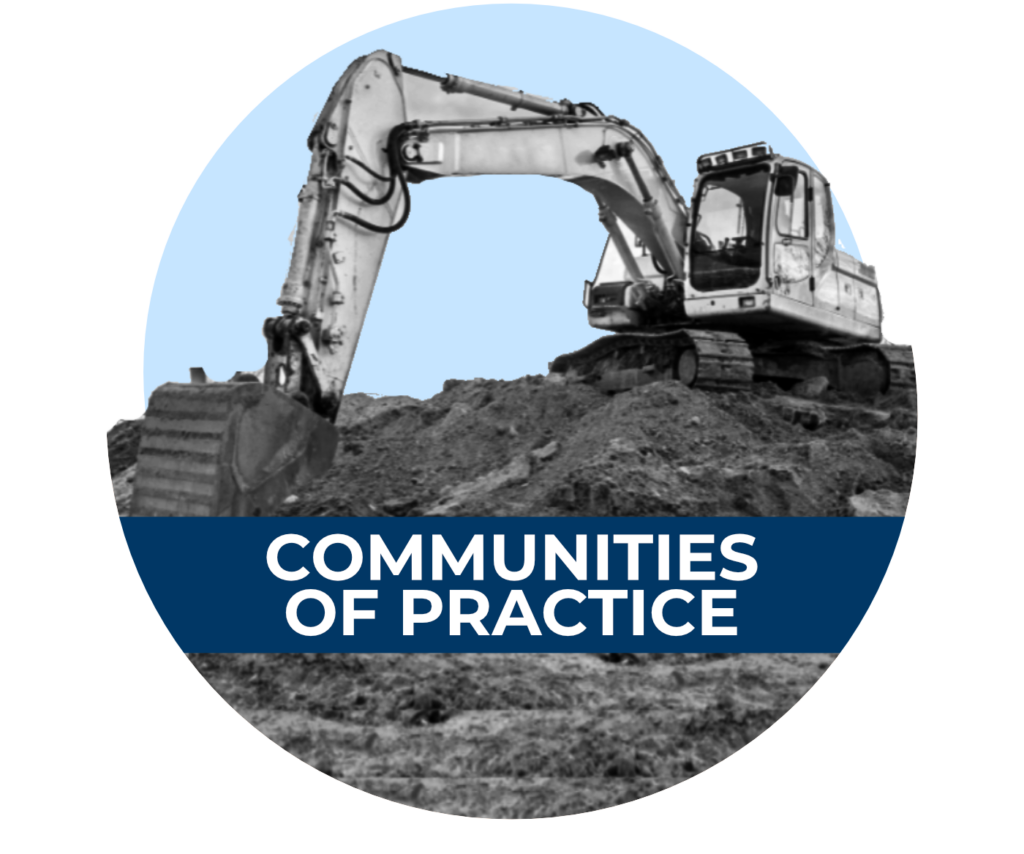The purpose of this best practice is to provide guidelines to follow when developing a winter preparedness program specific to the company or site requirements. This document will cover pre-season planning, in-season work execution and, post season de-winterization and review. This document will provide guidance to minimize the impact on people, environment, materials, production and equipment by focusing on three main topics: Site Preparedness planning, Winer driving and equipment, Winter PPE. Supporting documents have been merged to this best practice report for easier printing, individual items can be found in the library. This best practice was prepared in 2014 at the request of the COAA Safety Committee.
Winter conditions in Alberta can start as early as October and continue through to April. Weather and environmental conditions during this time create hazards. If uncontrolled, these hazards can increase the risk of loss to people, equipment, materials, production and the environment.
The purpose of this best practice is to provide guidelines to follow when developing a winter preparedness program specific to the company or site requirements.
This best practices will:
- Raise awareness and provide mitigation strategies to reduce the risks associated with working in winter conditions
- Provide a comprehensive guide on winter work preparedness, awareness and implementation
- Propose a schedule for pre-season and post-season activities
- Promote continuous improvement through post-season review, carrying lessons learned forward to the next year
- Provide a tool kit that contractors can use when developing their own winter work program including templates for Winter Work Plans, schedules, forms, checklists, posters and training materials
This document will cover pre-season planning, in-season work execution and, post season de-winterization and review. This document will provide guidance to minimize the impact on people, environment, materials, production and equipment by focusing on three main topics:
- site preparation and planning
- Winter driving and equipment operation
- Winter PPE
By focusing on these three areas, companies will have the best chance to eliminate or mitigate the risks associated with winter hazards, ultimately reducing loss.
Appendix 13 attachments – Sample winter campaign materials
- Exposure to the Cold
- Frostbite and Hypothermia
- Slips, Trips, Falls Campaign
- Winter Driving
- Winter Prep Safety Meeting
- Winter Preparedness Presentation
- Winter Slips, Trips and Falls Poster 1
- Winter Slips, Trips and Falls Poster 2
- Winter Working Conditions Poster
SUPPORTING DOCUMENTS
Appendix 13 – Exposure to the Cold![]()
Appendix 13 – Frostbite and Hypothermia![]()
Appendix 13 – Slips Trips and Falls Campaign![]()
Appendix 13 – Winter Prep Safety Meeting![]()
Appendix 13 – Winter Preparedness Presentation![]()
Appendix 13 – Winter Slips Trips and Falls Poster![]()
Appendix 13 – Winter Working Conditions Poster![]()
RELEVANT PRESENTATIONS




